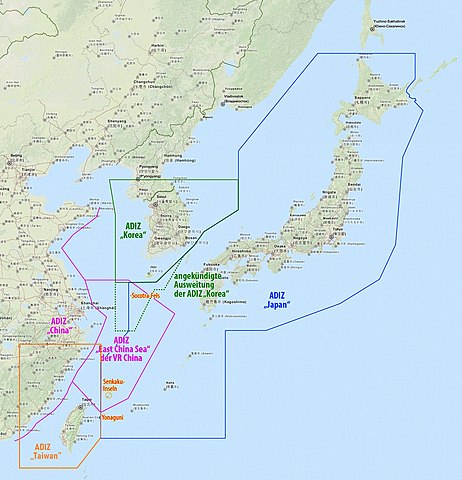Twenty Chinese military aircraft entered Taiwan’s air defense identification zone (ADIZ) on Friday after Washington and Taipei signed an agreement to boost maritime cooperation in the region. The incursion into Taiwan’s ADIZ was the largest since Taipei’s defense ministry started disclosing Chinese flights near the island last September.
Earlier on Friday, the US and Taiwan signed a memorandum of understanding that sets up a coast guard working group between Washington and Taipei to boost maritime security ties in the region. The Chinese flight into the ADIZ was likely a reaction to this agreement and Taiwan’s recent announcement that it is developing long-range missiles that can reach mainland China.
An ADIZ is airspace where a country requires aircraft to identify themselves in the interest of national security. The US created the first ADIZs in the 1950s and established Taiwan’s ADIZ, as well as ones for Japan, South Korea, and the Philippines.

While it makes for an alarming headline, the Chinese incursions into Taiwan’s ADIZ are usually done in its southwest corner. Most of the time, the planes that transit through the area could just be going to and from military drills in the South China Sea. But since Beijing knows its flights through the area will be widely reported by Western media, Friday’s incursion was likely meant to send a message.
In 2013, China established an ADIZ over the East China Sea, which the US challenged by flying B-52 bombers into it.
As tensions between Washington and Beijing rise, US military flights in the region are stepping up. On Monday, a US spy plane made the closest-ever pass near China’s coast, according to publicly available data. A US Air Force RC-135U Combat Sent came within 25.33 nautical miles of mainland China.


